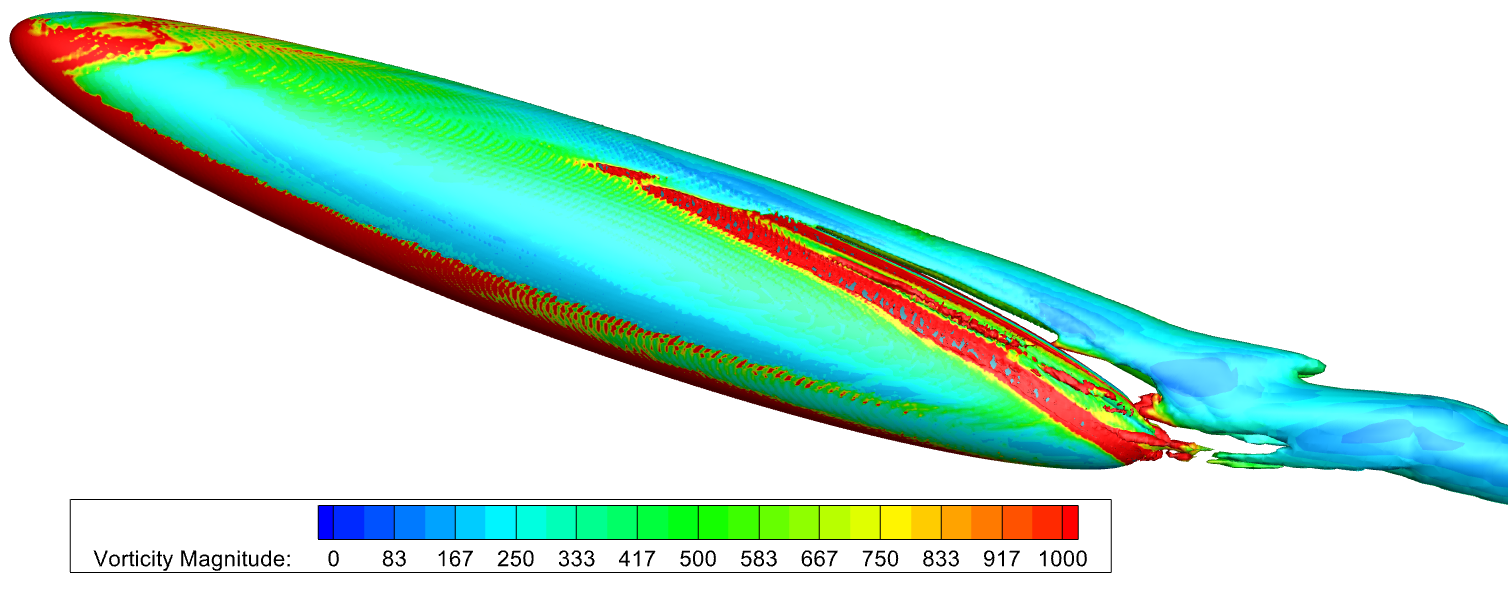Prediction of Crossflow Transition using γ Transition Model Coupled with Reynolds Stress Transport Turbulence Model
DOI:
https://doi.org/10.51560/ofj.v5.130Keywords:
Crossflow, Reynolds Stress Transport Model, Turbulence Modeling, Transition ModelingAbstract
This study presents an enhanced second-order closure transition model, SSG/LRR-ω-γ, incorporating crossflow transition effects for improved prediction of laminar–turbulent transition in three-dimensional boundary layers. The original formulation couples the SSG/LRR-ω Reynolds stress model with Menter’s one-equation γ transition model to address streamwise instabilities. To extend its capabilities, a local helicity-based criterion is introduced to account for crossflow-induced transition. The modified model is assessed using two benchmark configurations: the NLF(2)-0415 infinite swept wing and the DLR 6:1 prolate spheroid, across a range of operating conditions. A grid sensitivity analysis is also performed to ensure numerical robustness. Results demonstrate that the crossflow model accurately captures crossflow-induced transition and provides improved agreement with experimental data compared to the original streamwise-only formulation.

Downloads
Additional Files
Published
Issue
Section
License
Copyright (c) 2025 Naina Pisharoti, Stefano Brizzolara

This work is licensed under a Creative Commons Attribution-ShareAlike 4.0 International License.




